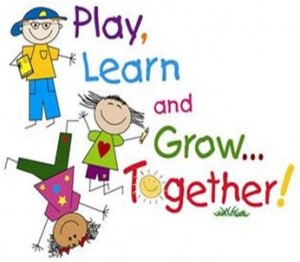Early childhood centers were developed to provide young children with age appropriate activities to promote their growth and development. Curriculum provides a developmental framework for lesson plans. Curriculum also provides a diagram for early childhood professionals to utilize when interacting with children and families. It is important for educators to recognize and incorporate age appropriate activities into the classroom in order for children to obtain and master the skills necessary for their success. This is why selecting and integrating the curriculum that best meets the needs of the children is so important. When educators are selecting a curriculum they should consider the ages of the children and whether or not the curriculum is appropriate for the children that they service. Remember not all curriculums are created equal. Therefore, when selecting a developmentally appropriate curriculum teachers and administrators have to ensure that the curriculum provides opportunities for the children to learn skills both inside and outside of the classroom.
A complete curriculum should incorporate the following: social and emotional, physical growth (fine and gross motor), cognitive development, and language and literacy development (Bredekamp & Copple, 2009), both child and teacher directed activities, home based activities, diversity, embrace parents, provides a frame-work that guides the teachers, play based activities, the curriculum should also incorporate an assessment tool to evaluate the program (OMEP, 2002). The curriculum must address the whole child or you may have to look at multiple curriculums to meet the individual needs of the children. There are also many curriculums that will just address one or two developmental areas. These curriculums are neither right nor wrong. You want to provide the best overall experience for the children and if you are not able to locate one specific curriculum that meets the individual needs of the children that you serviced than utilizing multiple curriculums is fine. Just remember that your cost maybe higher for multiple curriculums.
The curriculum that is utilized has to incorporate activities that will meet the developmental needs of the children at your center. This will allow children the opportunity to learn and grow while exploring their environment and observing their teacher. Educators utilizing curriculum have to assess the effectiveness of the materials on a regular basis. This continuous assessment will assure that the developmental needs of the children are being addressed and that the children are provided with the appropriate opportunities for growth and development.
References
Bredekamp, S. and Copple, C. (2009). Developmentally appropriate practices in early childhood programs serving children from birth through age 3. 3rd edition. Washington, DC: National Association for the Education of Young Children.
OMEP. (2002). Early childhood education and care in the 21st century. Global guidelines. MD: Association for Childhood Education International

